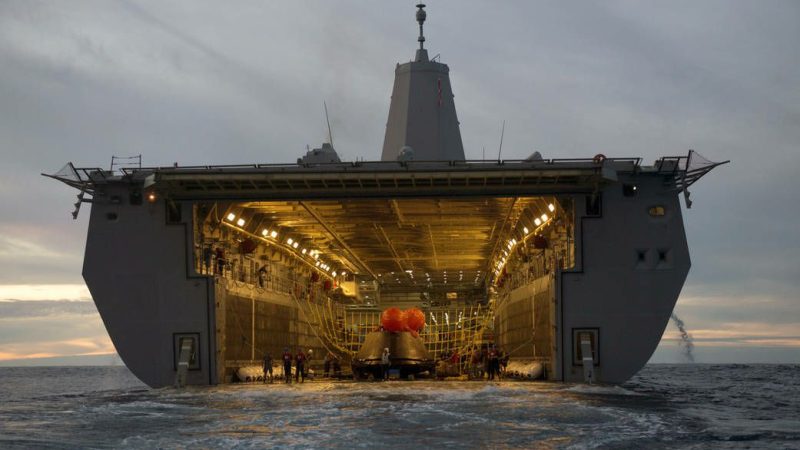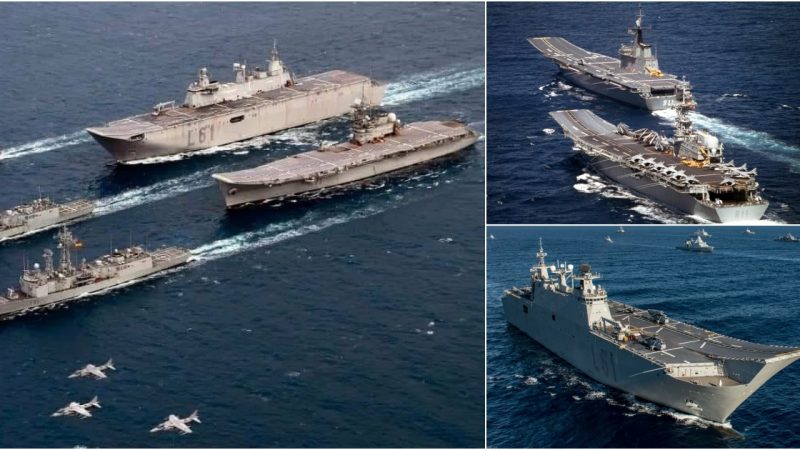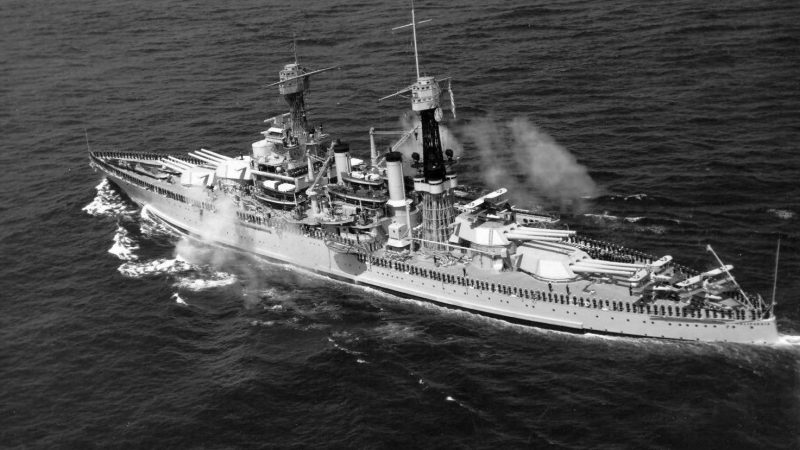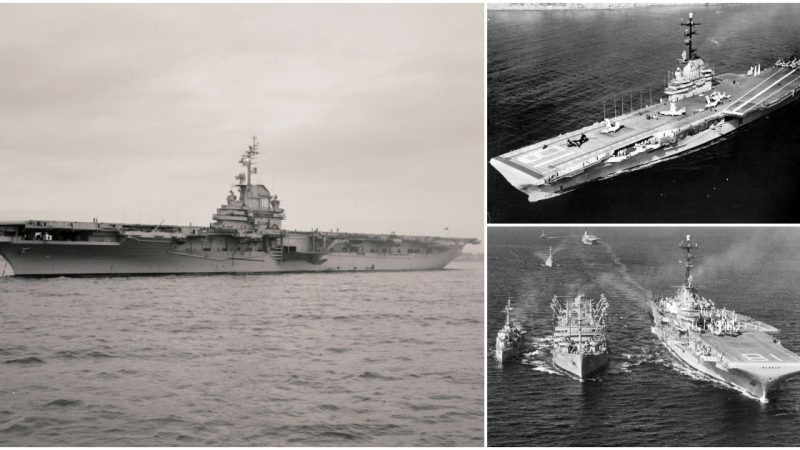USS New York (BB-34): A Legacy of Naval Power
The USS New York (BB-34) was a battleship that stood as a testament to the power and technological advancement of the United States Navy in the early 20th century. Launched in 1912 and commissioned in 1914, this ship played a significant role in both World Wars, earning its place in history as a formidable force in naval warfare.
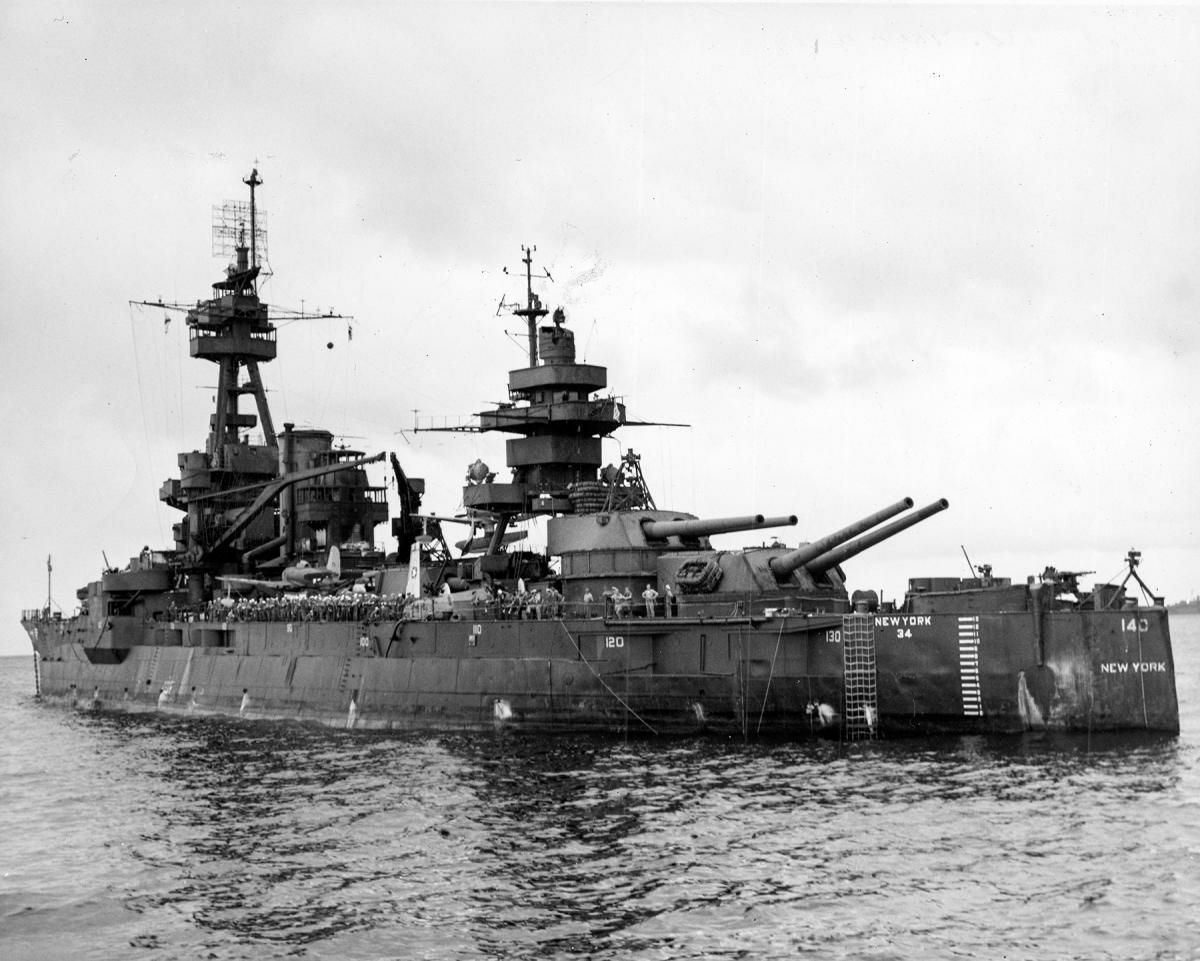
USS New York was the lead ship of the New York-class battleships. It featured a displacement of about 27,000 tons and was armed with a main battery of ten 14-inch guns, which marked a significant increase in firepower compared to earlier battleships. These guns were mounted in five twin turrets, giving the ship powerful offensive capabilities. The secondary armament included 5-inch guns, and it was protected by thick armor plating designed to withstand enemy fire.
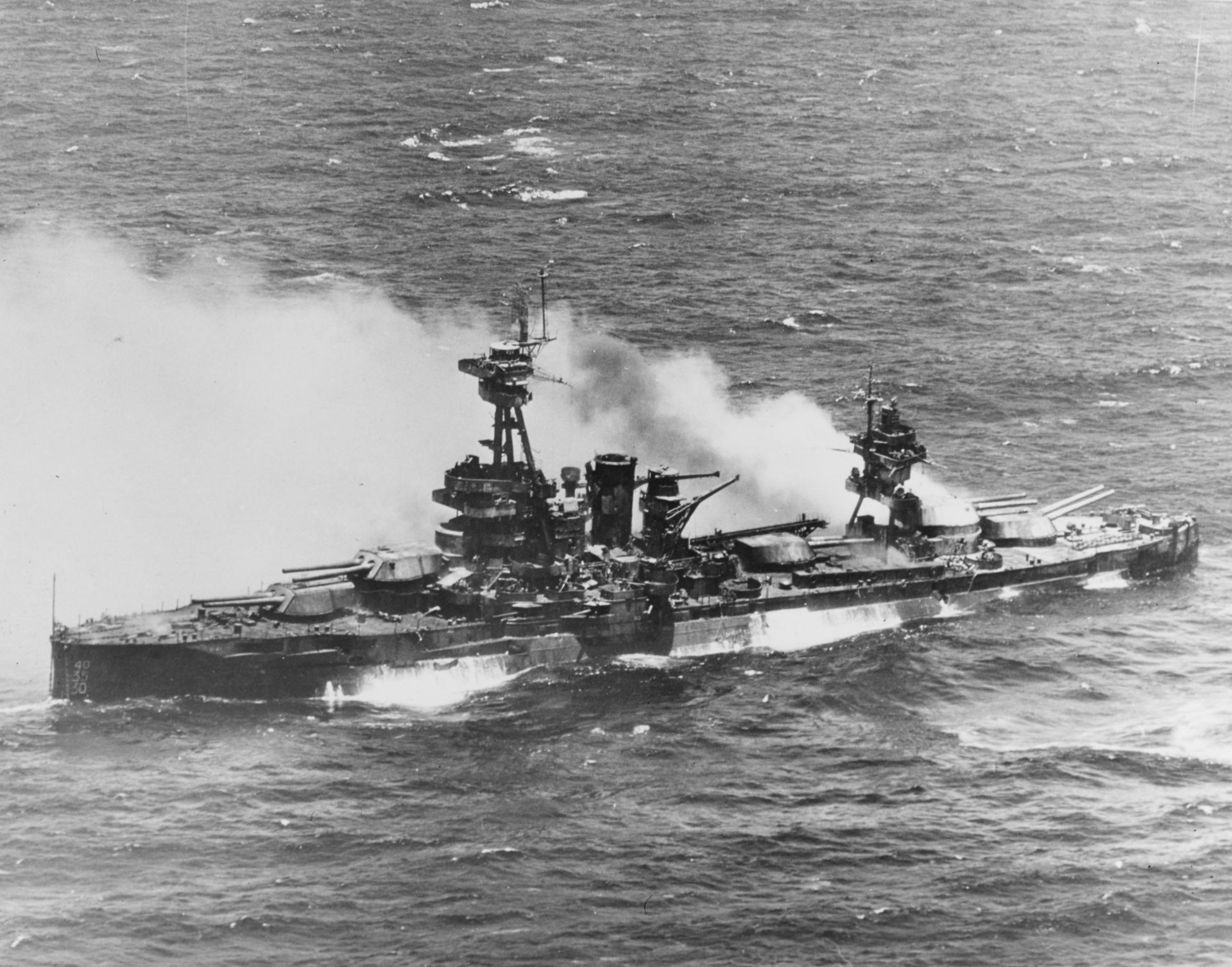
The ship’s propulsion system consisted of steam turbines, which allowed for a top speed of around 21 knots. This speed, combined with its firepower and armor, made USS New York one of the most advanced and formidable battleships of its time.
During World War I, USS New York served as part of the British Grand Fleet in the North Sea, where it participated in convoy escort missions and patrolled against potential threats from the German Navy. Its presence helped deter enemy forces and maintain control over the sea lanes, which were crucial for the Allies’ war effort. The ship’s role during this period highlighted the importance of naval power in securing strategic dominance.
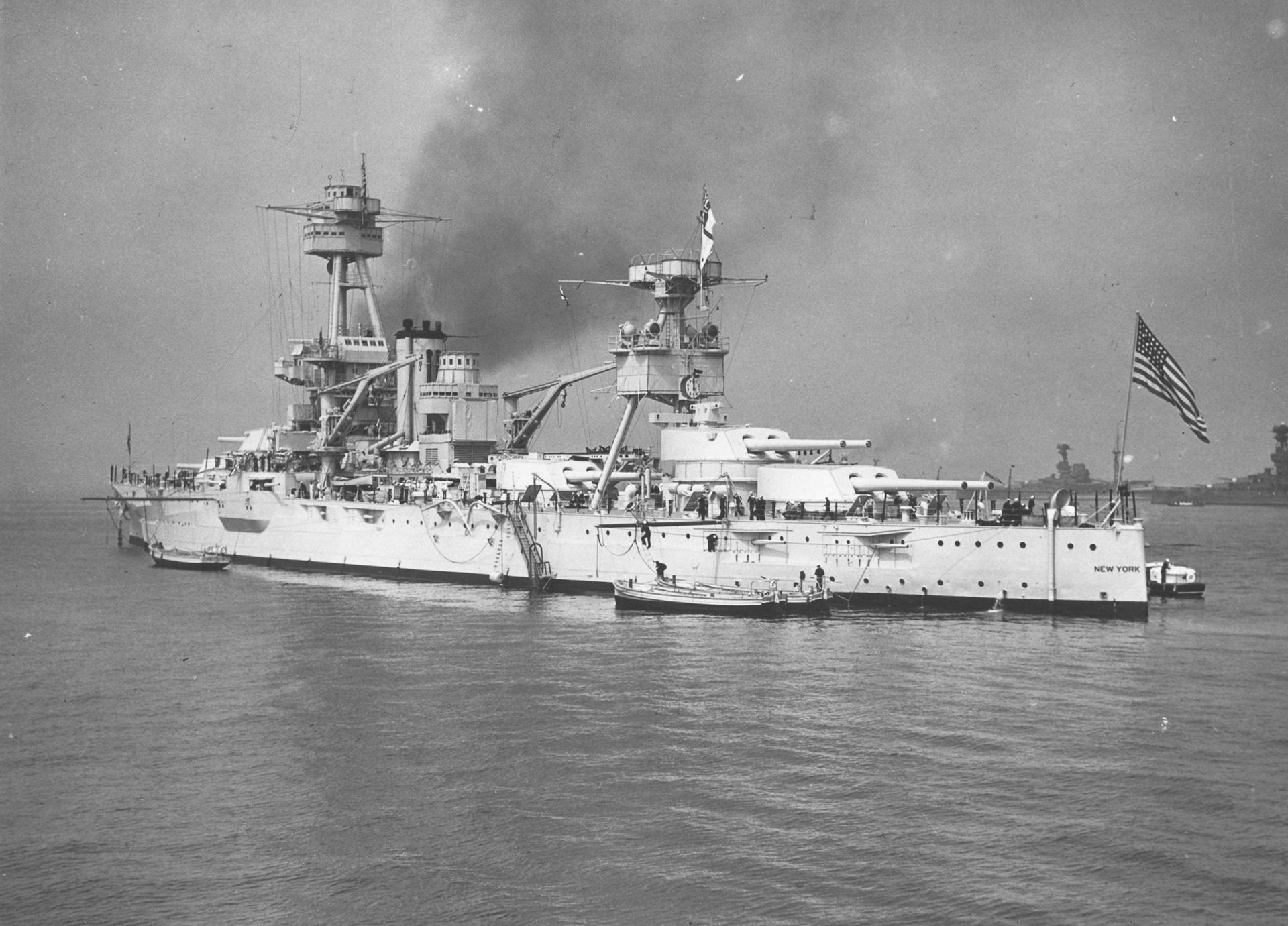
USS New York’s legacy continued into World War II, where it saw action in multiple theaters of war. It was extensively modernized in the 1930s, receiving upgrades to its guns, anti-aircraft defenses, and overall structure to meet the demands of modern warfare. The battleship participated in the invasion of North Africa during Operation Torch in 1942, providing naval gunfire support for the Allied landings.
Later, USS New York took part in the Pacific Theater, where it played a critical role in the battles of Iwo Jima and Okinawa. Its powerful artillery bombarded enemy positions, clearing the way for Allied troops to advance. The ship’s resilience and versatility during these intense campaigns demonstrated its continued value to the U.S. Navy, even in the era of air power and aircraft carriers.
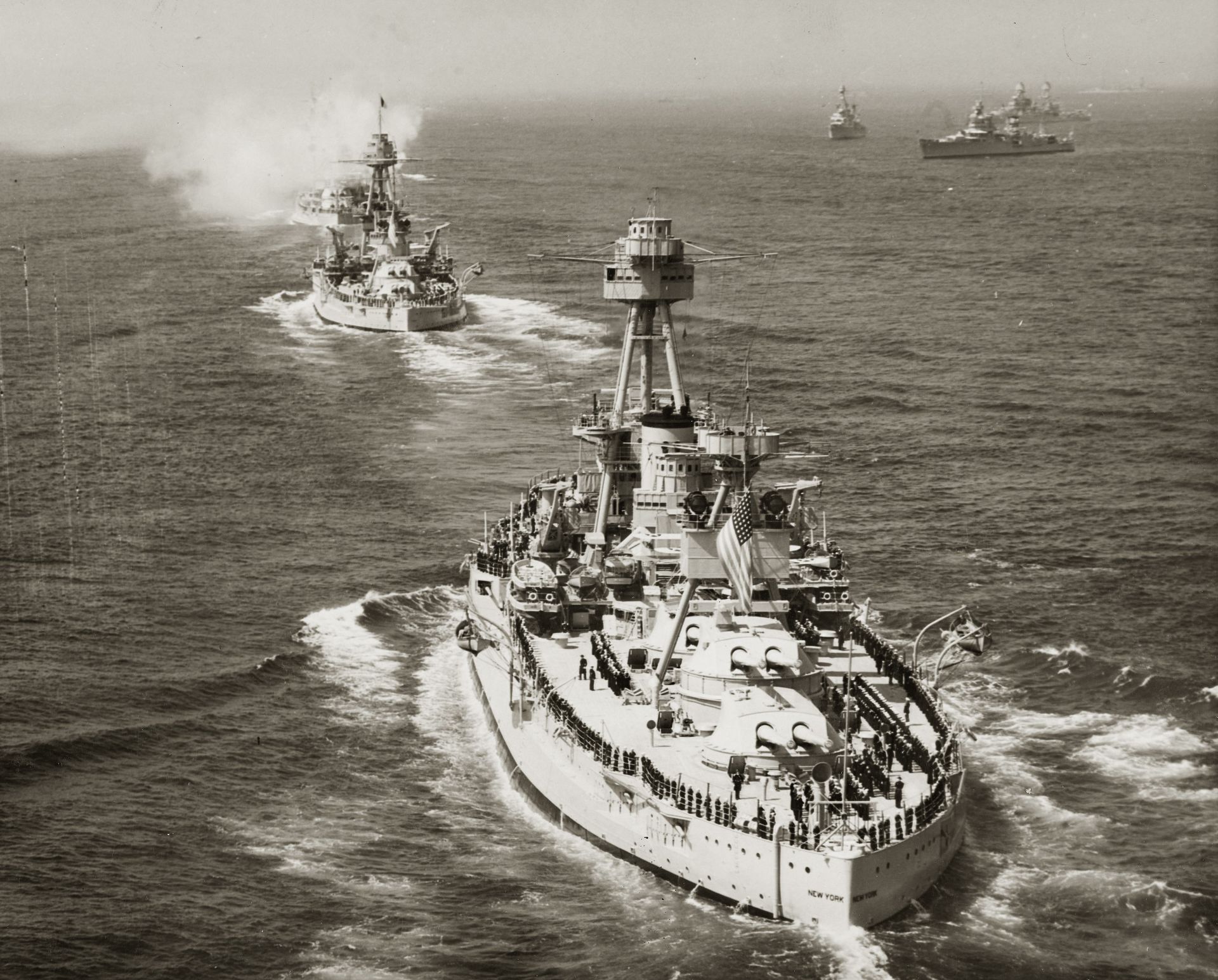
After World War II, USS New York was utilized in atomic bomb tests during Operation Crossroads in 1946. The ship survived two nuclear explosions, a testament to its robust design, although it was heavily damaged. Eventually, USS New York was decommissioned in 1946 and later sunk as a target in 1948.
The legacy of USS New York (BB-34) is marked by its exceptional service record and its role in two of the most significant conflicts of the 20th century. It symbolized the transition from traditional battleship warfare to the more modern strategies that incorporated air power and advanced naval technologies. Its contributions to naval history are remembered as a powerful example of American engineering and military might.
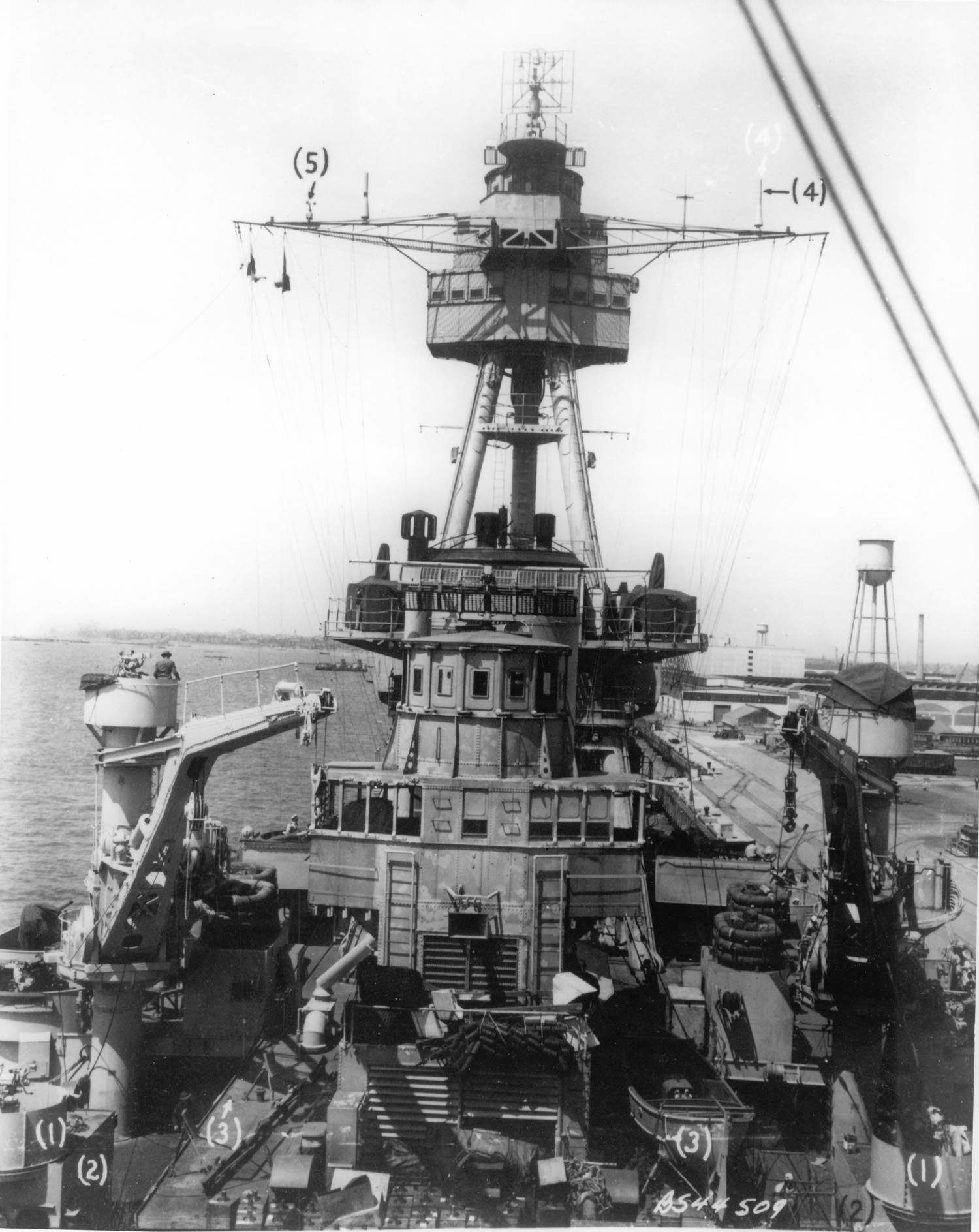
The ship’s name and spirit continue to live on in the modern U.S. Navy, with newer vessels carrying the name “USS New York,” honoring the battleship’s legacy and the resilience it represented. As a piece of naval history, USS New York (BB-34) remains a proud symbol of the United States’ dedication to maintaining strength at sea and advancing naval warfare.
